Crimson Clover Seeds
Crimson clover (Trifolium incarnatum) is a stunning annual plant known for its vibrant, deep red flowers that create a striking visual effect in gardens, meadows, and fields. Originating from the Mediterranean region, planting crimson clover seeds is a popular choice for those seeking to enhance their outdoor spaces with both beauty and functionality.
Planting and Growing Crimson Clover
Crimson clover seeds can be sown in the fall or early spring, and the plant thrives in well-draining, loamy soils with a pH range of 5.5 to 7.0. Its rapid growth and short lifecycle make it an ideal cover crop, as it helps prevent soil erosion, suppresses weeds, and improves soil structure through its nitrogen-fixing abilities.
For information on growing clover, please read our article: How to Grow Clover.
Agricultural Benefits of Crimson Clover
Crimson clover is a valuable resource in agriculture, serving as a high-quality forage crop for livestock. Its high protein content and palatability make it an excellent choice for grazing animals. Additionally, crimson clover is often used as a green manure crop to enhance soil fertility, providing essential nutrients for subsequent plantings.

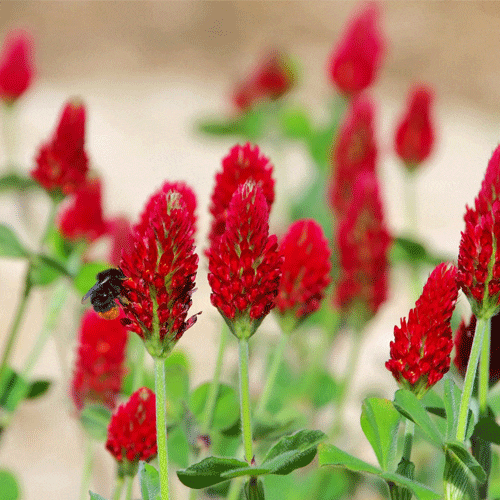
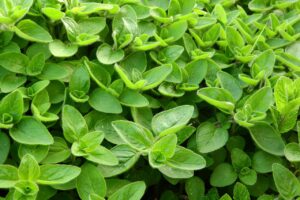
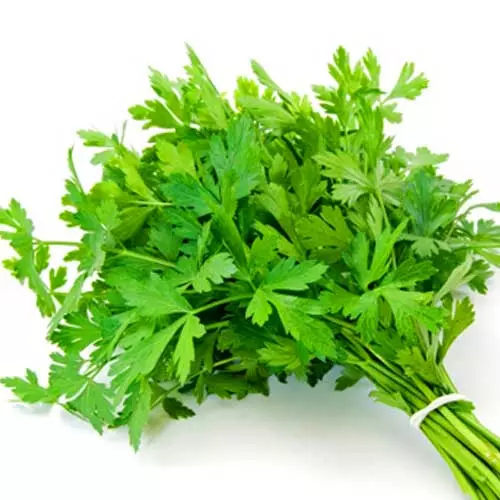
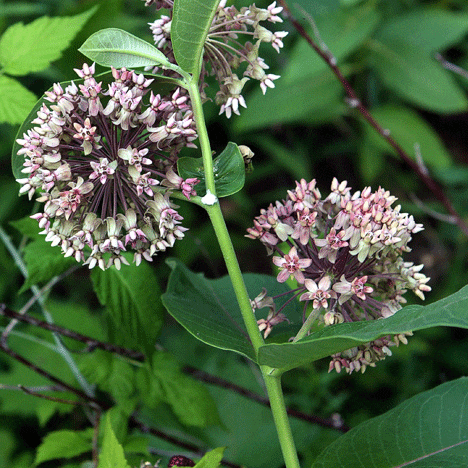
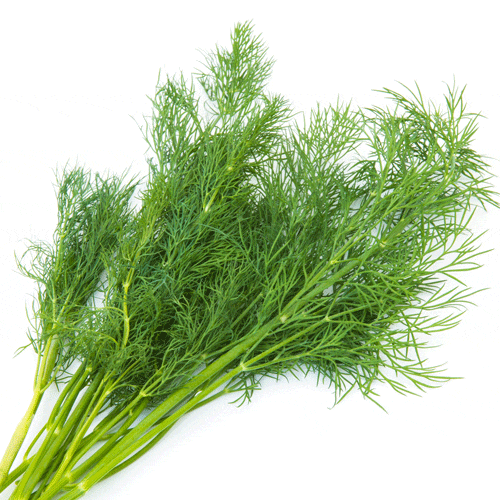
Reviews
There are no reviews yet.